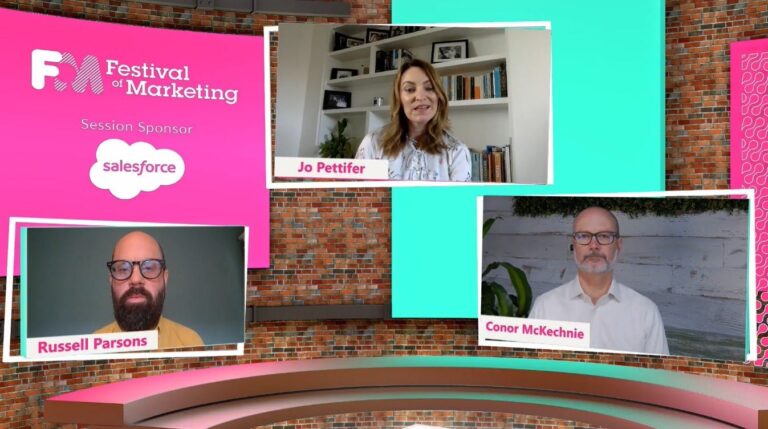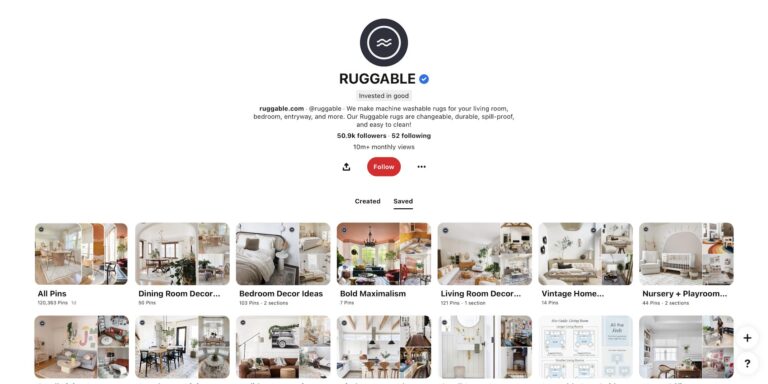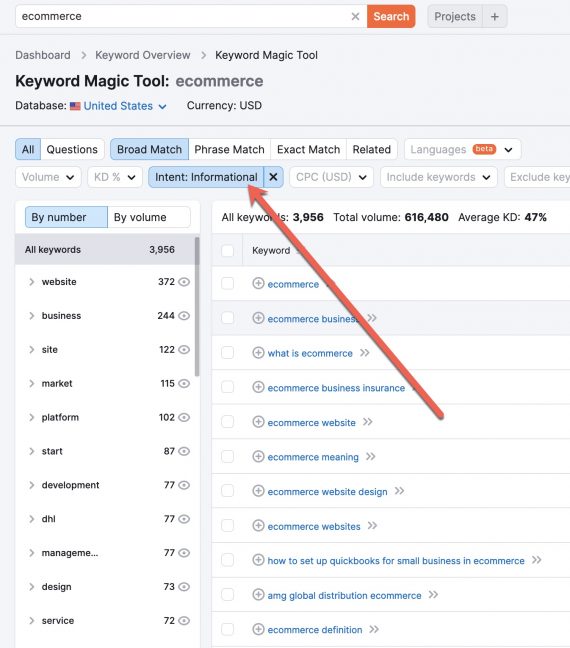
Customer journeys, whilst a helpful framework, can become complicated and abstract, removed from reality. To avoid this, I often recommend that brands adopt the peak-end rule, which states that we don’t remember experiences accurately and that actually we tend only to recall the highlights and how things end. So ask yourself what are your two memorable moments – what’s the end and what’s the highlight? The Magic Castle hotel in LA has embraced the rule brilliantly with their popsicle hotline (hat tip to Richard Shotton for this example) – dial the number and get free ice lollies delivered to you 24/7. Silly? Maybe. Distinctive and memorable? Certainly.
Therefore, an as yet untapped opportunity lies in treating the customer experience as a distinctive brand asset. Experiences should feel like something that only that particular brand could provide. For instance, Amazon’s positioning as a provider of instant gratification is hard-wired into the design of the organisation and therefore its customer experience. Ultra-convenience has almost become a brand cue. At the other end of the scale, Freddie’s Flowers unboxing moment has been designed to be distinct and memorable for the customer.
I love the concept of internet Easter eggs, little surprises left by web developers for customers to find. For instance, one online sports betting site gave visitors a way out of trouble if their boss caught them on the site whilst they were working. To find it customers simply had to click a secret button above the social icons to be taken to a pretend spreadsheet. A small touch, yet distinctive and memorable. Consider what memorable touches you might incorporate into your brand’s customer experience.
Memorably useful, usefully memorable
Of course, each school of thought is entirely valid and tackles their part of the funnel. But the truth is that all too often they operate independently of one another; design thinkers sit in one part of the organisation and brand thinkers sit in another. Different reporting lines, cultures, methodologies, outputs and outcomes; the two schools of thought don’t typically mix. But what if we challenged convention and messed things up? What if we took the best bits of each and blended them together?
3. Experiment with memorability
Matt Holt, Chief Strategy Officer at Digitas UK, explains why we need to deliver memorability and utility through customer experience.
Designing for memorability
I am a big believer in experiments, in testing hypotheses, in trying new stuff – all of which we can do through digital pilots. We should be doing more to understand the cause and effect of memorability in customer experience. We should be identifying the memorable (sometimes counter-intuitive) moments that we can test to gauge the impact on customer experience metrics as well as brand tracking metrics. Scale up the experiments that work, discard the ones that don’t. Test and learn continuously.
We need to be imaginative with memorability. We should have fun with it. But we should also be bold and ambitious. Indeed, just imagine if our industry used first party data and marketing technology to deliver memorability at scale instead of personalisation at scale? Arguably the industry would be in much ruder health. So let’s get to it; let’s use our imagination to create customer experiences that people remember.
All that being said, it’s important to understand that not everything needs to be memorable. The role of a brand is often to get out of the way and help a customer do quickly what they need to do, especially in task-based experience categories such as insurance and financial services. Ultimately, we need to get the balance right between fun and frictionless (although I am a firm believer that low interest categories can’t be interesting). And that’s where experimentation comes in, helping us find the right balance.
4. Strike the right balance
Of course, that’s all well and good for retaining and servicing existing customers. But to attract new customers, distinctiveness and memorability is nothing without reach and frequency. Are we missing a trick? The digital app and website experiences that we create touch millions of people every year, day in day out. So the question then becomes how might big brands use owned media and customer platforms to do (some of) the reach and frequency job of paid media? How might the customer experience for big brands play a role in creating memorability at scale, or creating salience like paid advertising does?
What do I mean by brand thinking and design thinking? Put simply, the role of brand thinking is to create mental availability, building memory structures in the heads of your prospective customers so that when the opportunity arises to buy your product or service, they’re more likely to choose it. Whilst the role of design thinking is to create physical availability, making stuff easy and useful for customers so that they’re more likely to stay and buy more from you. Memorability on the one hand, utility on the other. Two different schools of thought. Two different ends of the funnel.
The aim of design thinking is to make stuff as easy as possible for customers; to remove the friction and speed up interactions. Which is to be applauded. But like any doctrine it can become extreme. Solely driven by utility, websites risk adhering to user experience best practice at the expense of brand best practice, the result being that digital presences often end up looking identical. Yet from our own research at Digitas, we’ve found that distinctiveness is one of the most important ingredients in customer experience design, driving customer satisfaction and advocacy. In other words, people respond to the distinctiveness of the customer experience, not just brand identity and communications.
2. Embrace the fun
Memorability at scale
1. Use the peak-end rule




![How Media Mix Modeling Leads To Smarter Ad Spend Decisions [2021 Update]](https://research-institute.org/wp-content/uploads/2021/04/what-to-know-before-you-sell-your-small-business-768x432.png)

